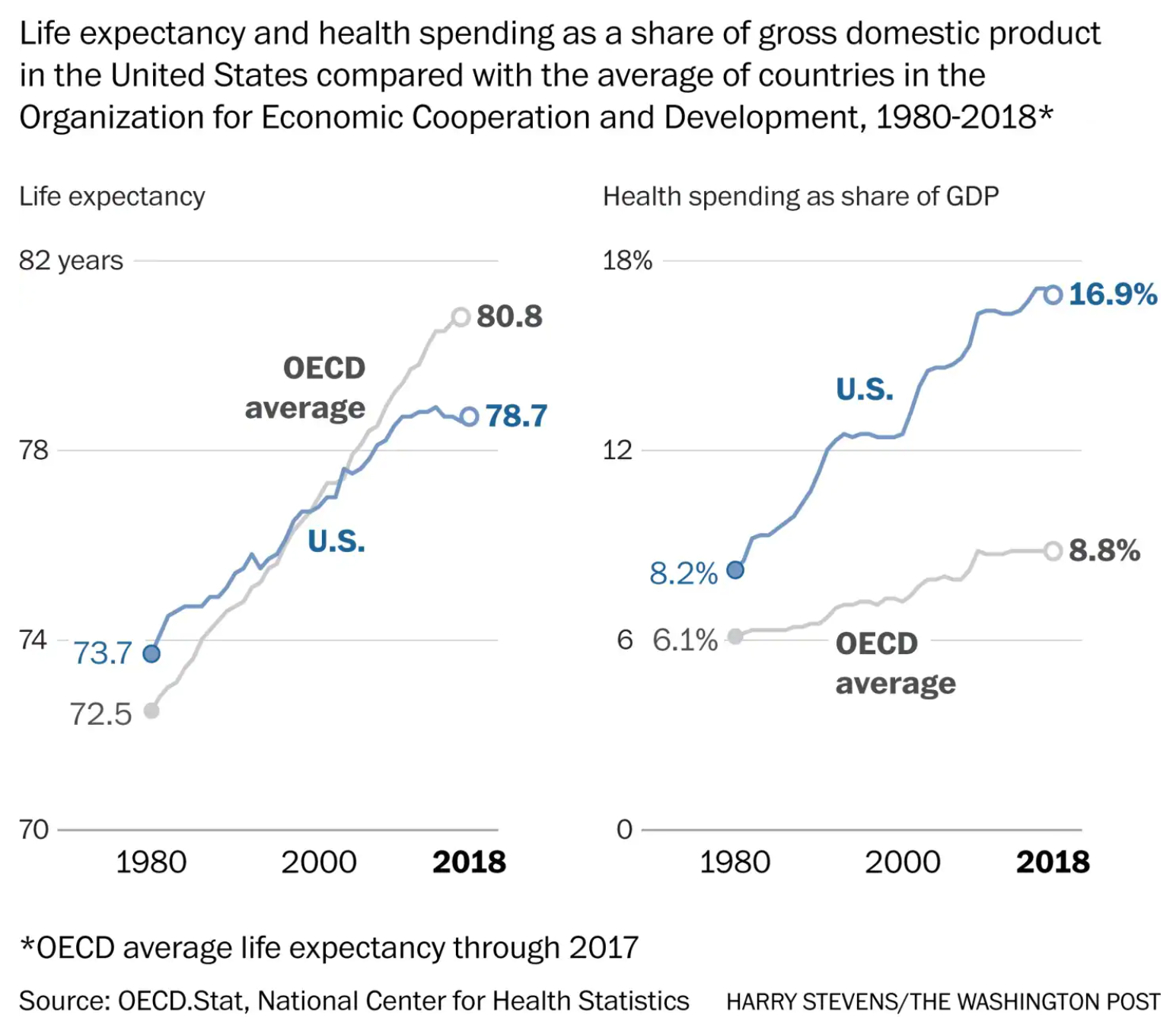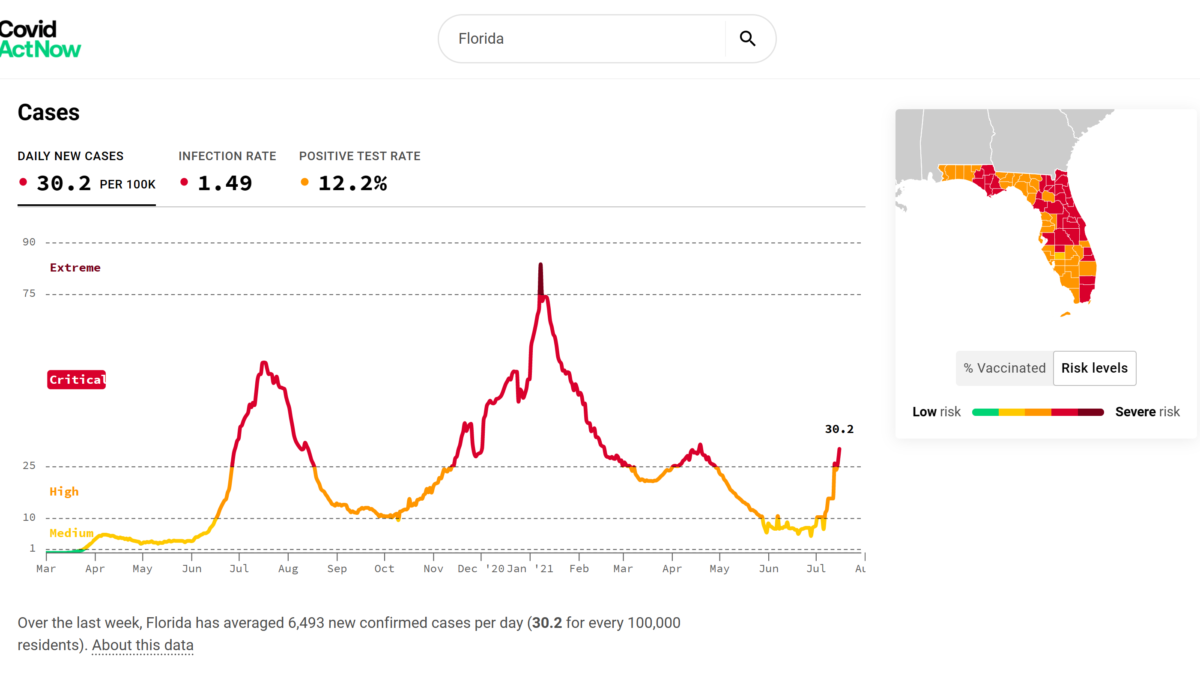U.S. life expectancy ticks up as drug fatalities and cancer deaths drop – “We still have a very bleak situation at this point”

By Joel Achenbach
29 January 2020
(The Washington Post) – The number of fatal drug overdoses declined for the first time in 28 years, and U.S. life expectancy at birth ticked upward for the first time since 2014, according to long-awaited numbers for 2018 published Thursday by the U.S. Centers for Disease Control and Prevention.
A decline in the death rate from cancer is the single largest driverof the small increase in life expectancy,the CDC reported. Five of the other nine leading causes of death also showed declines in death rates, including the top cause, heart disease, as well as unintentional injuries (which include overdoses), chronic lower respiratory diseases, stroke and Alzheimer’s disease. Two more, diabetes and kidney disease, were essentially unchanged. Deaths from suicide and influenza and pneumonia increased.
Despite the encouraging elements of the CDC mortality report, the broader pattern for American health remains sobering. Life expectancy improved by the tiniest of increments, from 78.6 to 78.7 years. That figure remains lower than the peak in U.S.life expectancy, at 78.9 years,in 2014.
It is also identical to life expectancy in 2010, and it appears unlikely that U.S. longevity will show any significant improvement over the entire decade of the 2010s. The United States is continuing to fall behind similarly wealthy countries — a phenomenon that experts refer to as the U.S. “health disadvantage.”
“It’s good news that there was an increase in life expectancy. That’s what we want to see, but it doesn’t really alter the long-term picture. We still have a very bleak situation at this point,” said Steven H. Woolf, director emeritus of the Center on Society and Health at Virginia Commonwealth University.
Woolf was the co-author of a report published in November in the JAMA, the American Medical Association’s journal, that revealed a long-term increase in death rates in the United States for people in the prime of life — from 25 to 44. That study was based on mortality data from 1959 to 2017, and showed that improvements in life expectancy and a lowering of death rates peaked in the 1970s, with more gradual increases after that. In 1998, the United States for the first time fell behind the average life expectancy in peer nations, Woolf said. […]
Another new overview of American health, released early Thursday by the Commonwealth Fund, a health-care research organization based in New York, noted that the United States has a lower life expectancy than 10 peer nations — Germany, Britain, Canada, Australia, France, the Netherlands, New Zealand, Norway, Sweden and Switzerland — despite spending far more per capita on health care than any of them. The suicide rate, at 14 per 100,000 people, is twice that of Britain, the report said. [more]
U.S. life expectancy ticks up as drug fatalities and cancer deaths drop


